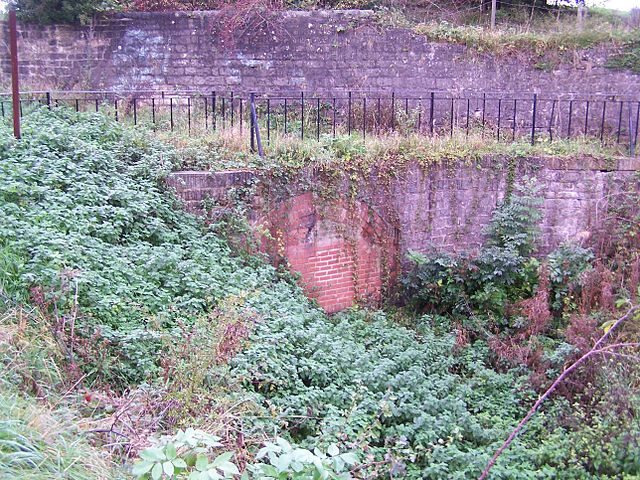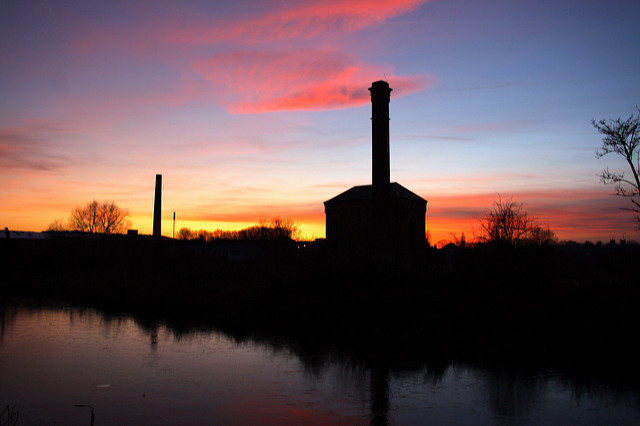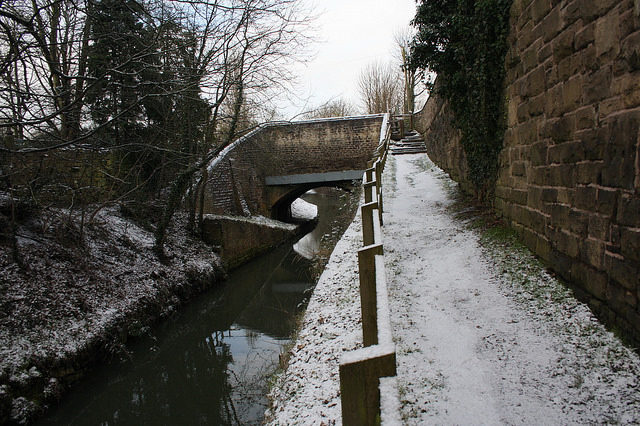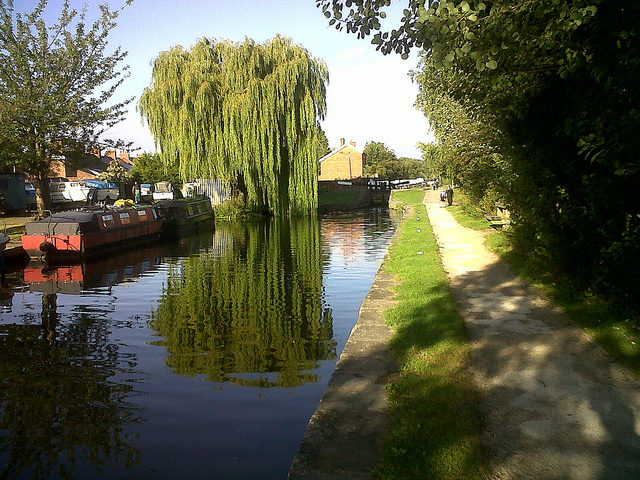Officially opened in 1777, Chesterfield Canal is, writes the Chesterfield Canal Trust, “one of the most beautiful and varied waterways in England.”
The narrow canal located in the East Midlands is more familiarly known to locals as Cuckoo Dyke or Cuckoo Way, after the names of the boats that used to run up and down it.
It has among the oldest staircase locks ever built, which were constructed around 240 years ago and a variety of rare aquatic flora, which makes it a Site of Special Scientific Interest.
In it’s early days, the canal was an important highway that allowed goods to be transported over hundreds of miles.
Today, much of the canal can be enjoyed for walking, fishing, or pleasure boat trips. But for decades in between these two lives, the canal — along with its towpaths, locks, bridges, aqueducts, tunnels and harbors — was left to crumble.

Chesterfield Canal runs for 46 miles (74 km) from the Trent River through Worksop and Retford all the way to Chesterfield. The journey along its waters featured two tunnels, one of which, the Norwood Tunnel, was the longest tunnel in all of England at the time.
It was designed by pioneer canal engineer James Brindley, who sadly died in 1772 just one year after construction preparations had started.
His clerk of works, an engineer by the name of John Varley, became Resident Engineer of the project even though it was his first project of such enormous proportions.

Three years into construction, the plans were amended and it was agreed that Chesterfield Canal would be made larger between Retford and Trent in order to carry wide-beam riverboats. By 1777, the works were finished and the canal was fully operational.
The main purpose of the canal was to serve as an industrial transport route. Hundreds of thousands of tons of coal, iron, limestone, lead, agricultural stock, and pottery products were transported.

The most remarkable feat in the canal’s history was most definitely the transportation of 250,000 tons of stone from many different quarries, for use in the construction of the Houses of Parliament in 1840.
Soon after this record load, Chesterfield Canal fell victim to the times, which brought a new, more efficient form of transport: the railway.
Part of the canal was closed and other parts were rerouted. A few stretches remained in use for leisure and commercial boat rides, and the canal was also used to supply water for the local iron industry.
By 1961, the canal was officially closed as it was too expensive to maintain. Complete abandonment of the waterway and its locks was proposed; some parts were sold to private owners and others were earmarked for “further investigation”. Some sections were completely forgotten.
In September 1967, the Chesterfield Canal Society was formed with the sole purpose of restoring the canal to its former glory.
This group of enthusiasts brought a lot to the table and successfully managed to restore and maintain large sections. The society was incorporated as a charitable trust in July 1997.
During the last months of 2010 and the beginning of 2011, the lock house of Hollingwood (built in 1892 by the railway) was renovated and extended.

Renamed Hollingwood Hub, the former lock house now houses the Trust headquarters, a coffee shop and the David Trickett Room, a space for concerts, meetings and events.
Outside is a designated area designed for picnics and outdoor activities. More than 400 trees were also planted along the waterway.
The rest of the canal is mostly used by cyclists, runners, and walkers. Fishing platforms are dotted along its banks.
Another Article From Us: The Abandoned Piano Castle
The volunteer-run restoration process is still ongoing, with work parties running every Sunday. The plan is to completely restore and reopen Chesterfield Canal by 2027 for its 250th Anniversary.
